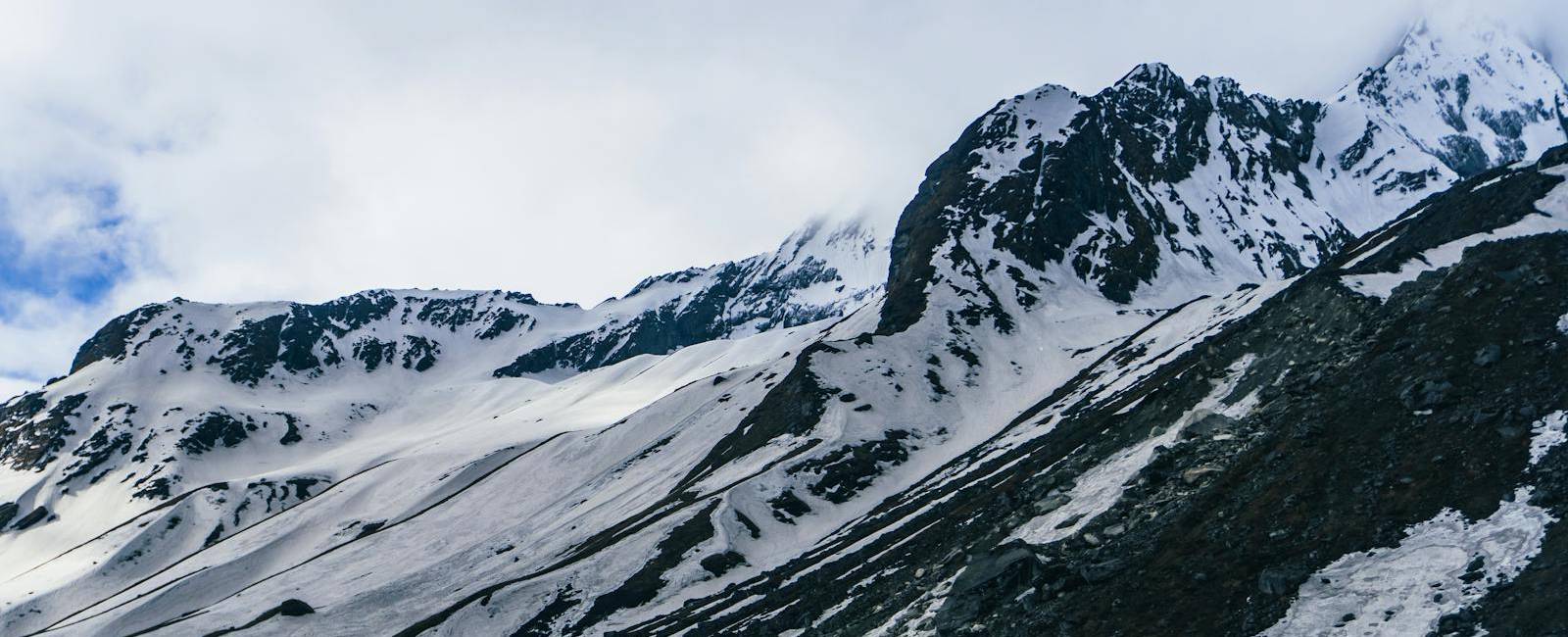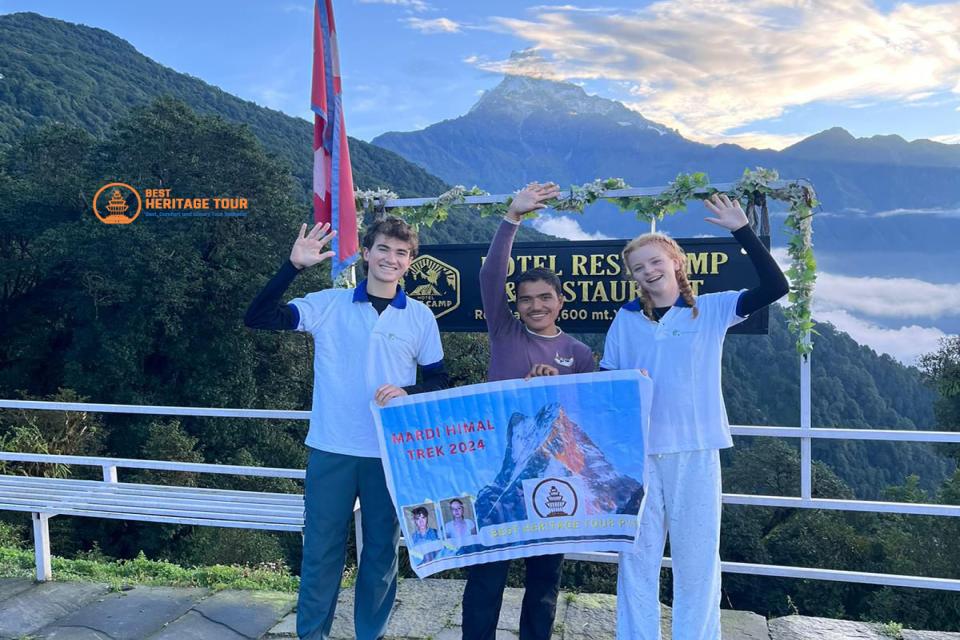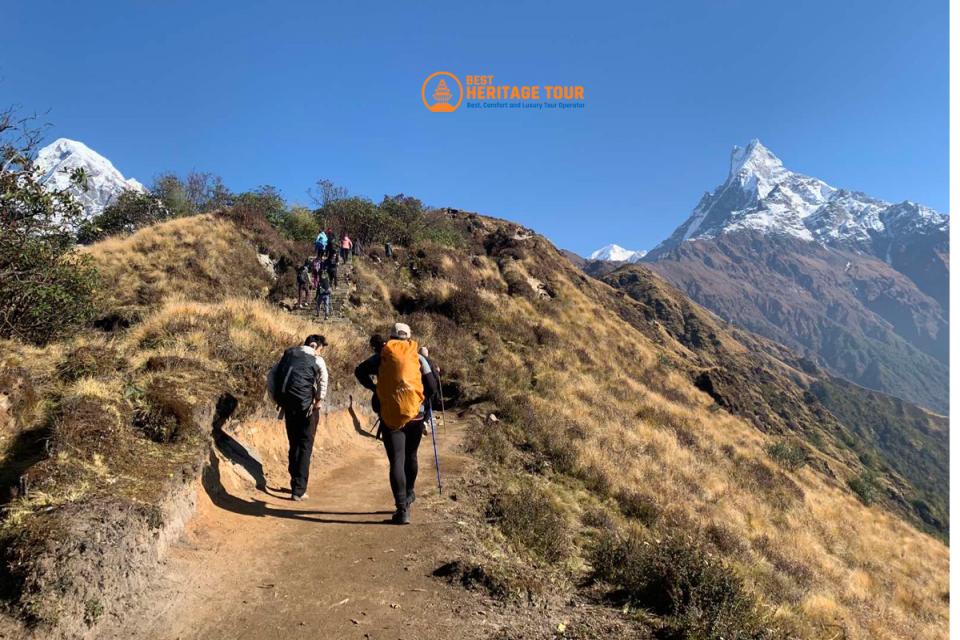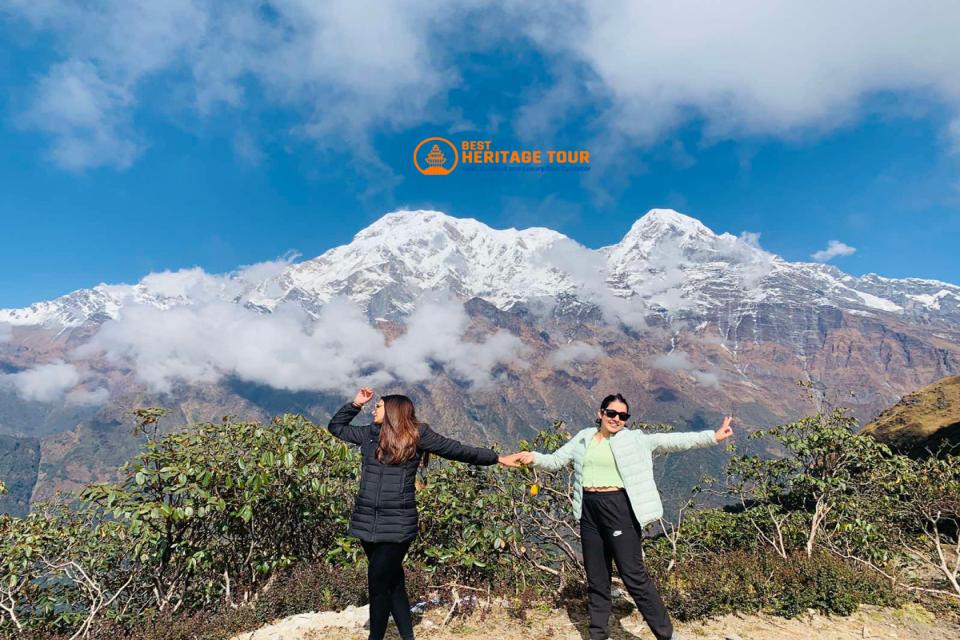The Mardi Himal Short Trek is one of the most rewarding short treks in Nepal, perfect for those seeking panoramic Himalayan views without long durations. Despite being relatively short, this trek ascends to over 4,000 meters, which means varying temperatures, rugged trails, and unpredictable mountain weather.
Packing the right gear is not just about comfort, it's about safety, performance, and altitude adaptability. Here's your essential Mardi Himal gear checklist, organized head-to-toe and optimized for trekking success.
Head & Face Gear
Stay sun-safe and warm as you gain elevation.
-
Sun Hat or Cap: Protects your face and neck from intense UV rays.
-
Woolen Hat / Beanie: Keeps your head warm at high altitudes and during early mornings.
-
Neck Gaiter or Buff: Shields your face from wind, cold, and dust.
-
High-Altitude Sunglasses (UV 400, Cat 3/4): Prevents snow blindness and UV exposure at altitude.
-
Headlamp with Extra Batteries: Essential for early treks, low-light teahouses, and emergencies.
Upper Body Layers
Layering is key in the Himalayas, where the weather shifts quickly.
-
Base Layer Shirt (Moisture-Wicking): Regulates body temperature and stays dry.
-
Fleece Jacket or Lightweight Down: Acts as your insulating mid-layer.
-
Insulated Down Jacket (Heavy): Keeps you warm during freezing nights above Forest Camp or High Camp.
-
Waterproof/Windproof Shell Jacket: Outer protection against wind, rain, and snow.
-
Quick-Dry Trekking T-Shirts (Synthetic/Merino Wool): Breathable for warmer days and fast-drying.
Lower Body Clothing
Stay dry, flexible, and warm on rocky ascents and misty mornings.
-
Stretchable Trekking Pants: Comfortable and practical for both uphill and downhill trails.
-
Thermal Leggings / Base Layer Pants: Essential for cold nights or early starts.
-
Rain Pants / Shell Pants: Must-have during monsoon or for alpine rain protection.
Hand Protection
Don’t underestimate cold Himalayan mornings.
-
Inner Gloves (Fleece or Merino) – Lightweight warmth with dexterity.
-
Outer Gloves (Waterproof & Insulated) – Shields against snow and wind at higher camps.
Footwear & Socks
Take care of your feet, they’re your real trekking gear MVPs.
-
Waterproof Trekking Boots with Ankle Support: Crucial for uneven, slippery, or steep terrain.
-
Camp Shoes or Sandals: Give your feet a break in the evenings at teahouses.
-
Woolen / Thermal Trekking Socks: Thick and warm for higher altitudes.
-
Liner Socks: Prevent blisters by reducing friction inside boots.
Accessories & Trekking Essentials
Smart gear choices make the Mardi Himal Trek smoother and safer.
-
Backpack (40–50L) with Rain Cover: Main pack for clothing and gear; make sure it fits well.
-
Daypack (15–25L): Useful if you hire a porter to carry heavier loads.
-
Trekking Poles (Collapsible/Adjustable): Helps with balance and reduces knee strain on descents.
-
Reusable Water Bottle (2–2.5L Total): Hydration is vital; avoid single-use plastics.
-
Hydration Bladder (Optional): Easy access to water while hiking.
-
Sleeping Bag (-5°C to -10°C Comfort Rated): Nights at High Camp can drop below freezing.
-
Power Bank / Solar Charger: Limited charging options at higher altitudes.
-
Personal First Aid Kit: Include altitude medication, antiseptic, band-aids, and blister patches.
Why the Right Gear Matters for the Mardi Himal Short Trek
Whether you're trekking in spring or autumn, gear that adapts to both warm and cold conditions is vital. The trail moves from lush forests to alpine ridgelines, and being underprepared can ruin the experience. Smart packing means fewer risks and more enjoyment, letting you focus on the magical views of Machhapuchhre, Mardi Himal, and Annapurna South.




